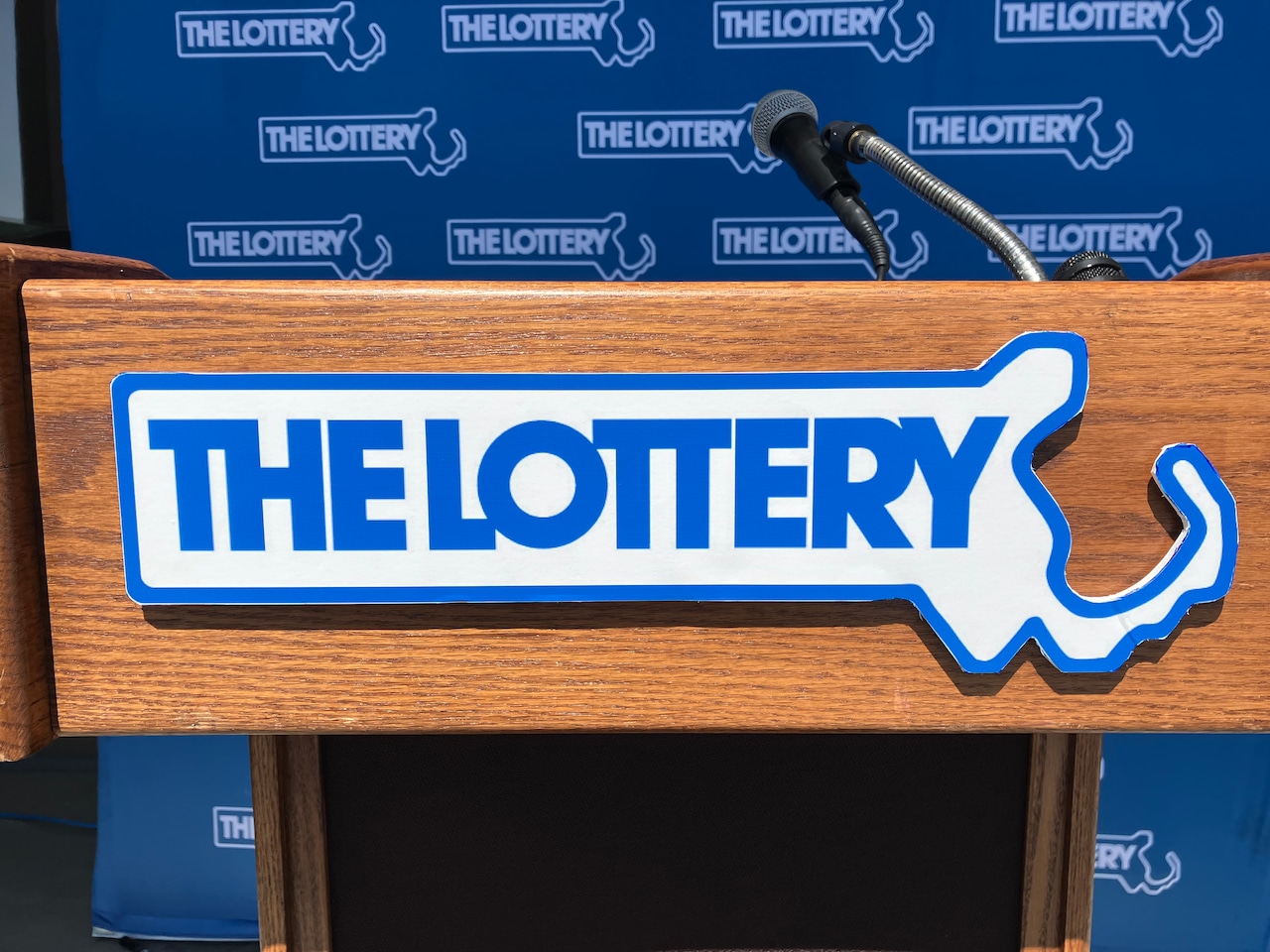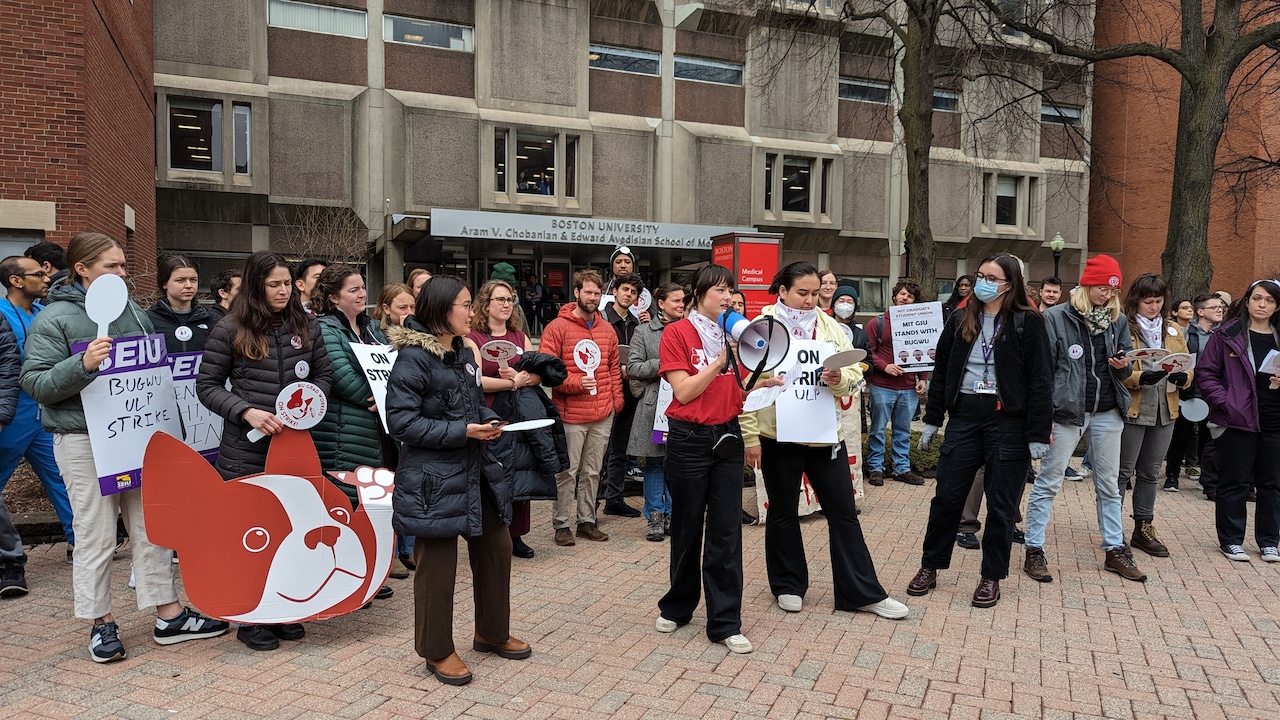When it comes to directing frustration over the Red Sox’ lack of spending this past winter, that should be focused on ownership. John Henry, Tom Werner et al set the budget for the 2024 team and it left little room for spending.
The Sox signed Lucas Giolito ($38.5 million over two years) and Cooper Criswell ($1 million) and…that’s it. Two major league free agent deals. (After spring training began, the Red Sox added rehabbing reliever Liam Hendriks and Chase Anderson to big league deals).
Clearly, chief baseball officer Craig Breslow was more than a little financially constrained. Whether he would have aggressively pursued the likes of Jordan Montomery, Blake Snell or Aaron Nola had he been given more to spend can’t be known. But that’s an academic exercise in the end and serves no real purpose.

Fanatics Sportsbook
10X$100 BONUS BET
BET MATCH BONUS
Must be 21+. GAMBLING PROBLEM? Call 1-800-GAMBLER (CO, KY ,MD, OH, PA, TN, VA, VT, WV); (888) 789-7777 or ccpg.org (CT); 1-800-BETS-OFF (IA); (800) 327-5050 or gamblinghelpline.org (MA), mdgamblinghelp.org (MD), 1800gambler.net (WV)
This much is clear: Breslow can’t be held responsible for the lack of big offseason moves. With little in the way of resources to apply to the major league budget, he had very limited options.
It should be said, too, that in the early going at least, many of his smaller moves have worked out well. Tyler O’Neill, obtained for two fringe pitching prospects, has performed exceedingly well. Justin Slaten looks like an interesting find via the Rule 5 draft. And Greg Weissert, part of the return package for Alex Verdugo, appears to be a highly useful bullpen piece.
So what Breslow did, he did well, at least to date.
But it’s what he didn’t do that could soon eventually impact the major league roster in a negative way. Breslow failed to adequately stockpile starting pitching depth, and with Giolito gone for the season and Nick Pivetta likely to miss a minimum of a few weeks, the lack of quality options is already problematic.
Stashed at Triple A, the Red Sox have Criswell (two career major league starts) and Richard Fitts, who’s made one start above Double A.
Breslow did add Chase Anderson in the final week of spring training, getting the Sox an experienced — if not terribly effective of late — major league starter. The better question might be: why didn’t he do more?
Journeyman starters willing to take minor league deals in the hopes of getting an opportunity in the big leagues don’t command much money under the best of circumstances. In the current market, where established players were without jobs well into March, their bargaining power was diminished further.
So Breslow can’t say that he was hamstrung by budgetary concerns in this department. Most pitchers could have been had for what he paid Anderson ($1.25 million), and that’s only if they make it to the major league roster. For as long as they remain at Triple A, they earn salaries of just several hundred thousand dollars.
Often, the biggest hurdle in stockpiling starting pitching options is the lack of perceived opportunity. A pitching deep team like Seattle or the Los Angeles Dodgers might have a hard time accumulating depth in the minor leagues because free agents will seek other situations where they see a clearer path to the majors. No one wants to languish at Triple A because the parent team’s rotation is locking things down.
Even before Giolito went down in March, the Red Sox’ rotation was thin. The rest of the rotation included four other candidates — Kutter Crawford, Nick Pivetta, Garrett Whitlock and Tanner Houck — all of whom had been more successful out of the bullpen than they in the rotation, and Brayan Bello.
If you were an agent representing free agent fringe starters, you’d have the Red Sox squarely at the top of the list, or near it, of the best destinations. The object is to find your guy a situation where he’s going to have a chance to get to the majors. The Red Sox clearly offered that opportunity, but signed only Anderson. And even then, that addition came in the closing days of spring training, and not weeks or months earlier, when there were more (and likely better) options.
Now, just two weeks into the season, the Red Sox are strapped for starters. It’s likely that Criswell will get a chance soon, and there remains the possibility that, in order to provide an early season breather for their rotation, the team might resort to a bullpen game early next week.
It didn’t have to be this way. And that has nothing to do with payroll, making it all the more frustrating.
______________
This much is obvious: The return on investment for the Trevor Story has not been good, and won’t be anytime soon.
Story will miss the remainder of the season after undergoing left shoulder surgery Friday in Los Angeles. That means, when this season is complete, Story will have played just 145 games (94 in 2022; 43 in 2023; and just eight games this season) out of a possible 486. That translate to taking part in just under 30 percent (29.8) of possible games.
There was no foretelling that, of course. In his final four full seasons with the Rockies, Story never played fewer than 142 games in a season, though there was speculation that Story was dealing with an elbow injury in final year in Denver, when his throws featured less zip. Sure enough, after one season in Boston that saw him dealing with smaller, nagging injuries (left heel, right hand), the elbow became a major issue.
Then came the elbow surgery in January of 2023, which cost Story the first four months of the season. When he returned in August, Story had little game activity upon which to fall back and it showed at the plate, as he couldn’t catch up to quality fastballs. Even as he played a stellar shortstop, with eight defensive runs saved in just 36 games in the field, he slashed only .203/.250/.316) at the plate.
This was supposed to be the season he played to his ability both in the field and at the plate, and indeed, in spring training, he looked ready to make good on the promise, with a 1.088 OPS. But fate had other ideas when he suffered his shoulder mishap whike diving for a ball in the hole barely a week into the season.
Story has three years and $72.5 million coming to him still as part of the six-year, $140 million deal he signed with the Sox in March of 2022. That contract includes an opt-out for Story following the 2025 season, but unless he has a career year, it’s doubtful that he exercise that opt-out. Why would he forfeit a guarantee of $50 million over the final two seasons. By the end of next season, Story will be about to turn 33, and in a best-case scenario — i.e., he returns and is fully healthy for the year — he’ll have had just one healthy season in a span of the last four.
Not much call for that profile on the market, especially at a time when teams are already suspicious of older position players.
Also, should Story opt-out, the Red Sox would be within their right to negate that opt out by exercising their own team option for 2028 for $25 million. That scenario, too, is also unlikely: given the uncertainty that will surround Story’s health, it’s doubtful the organization would sign on for an extra season before they have to.
In retrospect, the Story signing was a questionable one. Then chief baseball officer Chaim Bloom saw Story’s asking price post-lockout as one of value, and figured he could either be an upgrade at second (he was, when healthy) and perhaps insurance should Xander Bogaerts depart free agency.
But even allowing for that thinking, the Sox ran the risk of Story blocking Marcelo Mayer in the latter half of the deal. Ironically, the Red Sox would love to have Mayer major league-ready now, with Story done for the year.
(With the benefit of hindsight, the Red Sox would have been better off with Marcus Semien, a middle infielder who was available the same winter that Story was. Semien is widely seen as a leader and force in the clubhouse, and is insanely durable. Over his last five full-length seasons — subtracting the pandemic year of 2020 — Semien has missed a grand total of four games. Four. In three of those years, Semien has played every game).
Meanwhile, beyond the Red Sox’ sunken cost of the Story contract, there’s also the question of availability going forward. Even with time to rehab the shoulder and be ready for the start of the season, how can the Red Sox depend on someone who hasn’t played 100 games since 2021?
In that sense, Story becomes a shortstop version of Chris Sale, who became defined by his unavailability. Now, with Story as was the case with Sale the last few seasons, the Red Sox have to approach each season hoping for the best but prepared for the worst. What they can’t do, however, is count on a full season’s worth of contributions, because recent history suggests that’s not feasible.
If it’s any consolation, Mayer should be at the point where he can step in next season in the event of another injury. But defensive reinforcements aside, the promise of Story as a potentially game-changing bat in the middle of the lineup, the likes of which he exhibited as a member of the Rockies, would seem a distinct long shot.
Instead, the Red Sox face the prospect of a player whose skills have been reduced by injury and inactivity, while representing the second-biggest salary on the major league roster. That’s not what they were envisioning when they signed him three years ago.
_____________________
Leftover notes and anecdotes from the return of the 2004 team:
* Derek Lowe, back in Boston for the 2004 pre-game ceremony Tuesday at Fenway, was asked if it’s true that players on particularly historic championship teams — as the 2004 Red Sox surely were — never have to pay for a drink in that town again. “What type of drink? Water or…?” said Lowe. “I would have to agree with that. That’s one of the things….it’s a benefit, let’s put it that way. We’ll find out tonight when we go to dinner.”
* Orlando Cabrera, who came over in the massive four-team deal at the 2004 deadline, made a huge impact in a short period of time. He’s lived in New Hampshire since retiring from the game after the 2011 and said he’s recognized all the time by baseball fans in New England. “People ask me all the time, ‘How long did you play for the Red Sox?’ And I say, ‘three months.’ But that’s all it takes.”
* Terry Francona, who prior to this year, had been in the game for all but one of the previous 45 seasons — and the one year he was out, he spent working as an analyst and commentator for ESPN — but is adjusting well to retirement. “You know what? It’s OK. It’s OK,” said Francona. “But I’m trying to figure out what I want to do when I grow up. And I’m still learning. But I’m not afraid of what I don’t know. We’ll see, see what I miss and what I don’t miss and go from there.” Francona said he didn’t feel strange not being in the dugout when Opening Day came. “It really didn’t feel that way,” said Francona. “And I’m not lessening how much I love the game. Nobody loves it more than I do — still. But I thought it through pretty thoroughly. That’s a long time, and all the things that I kind of craved all of a sudden were getting hard. So, no, I think I left at a good time, where I still can feel good about it and hopefully, I didn’t overstay.”






